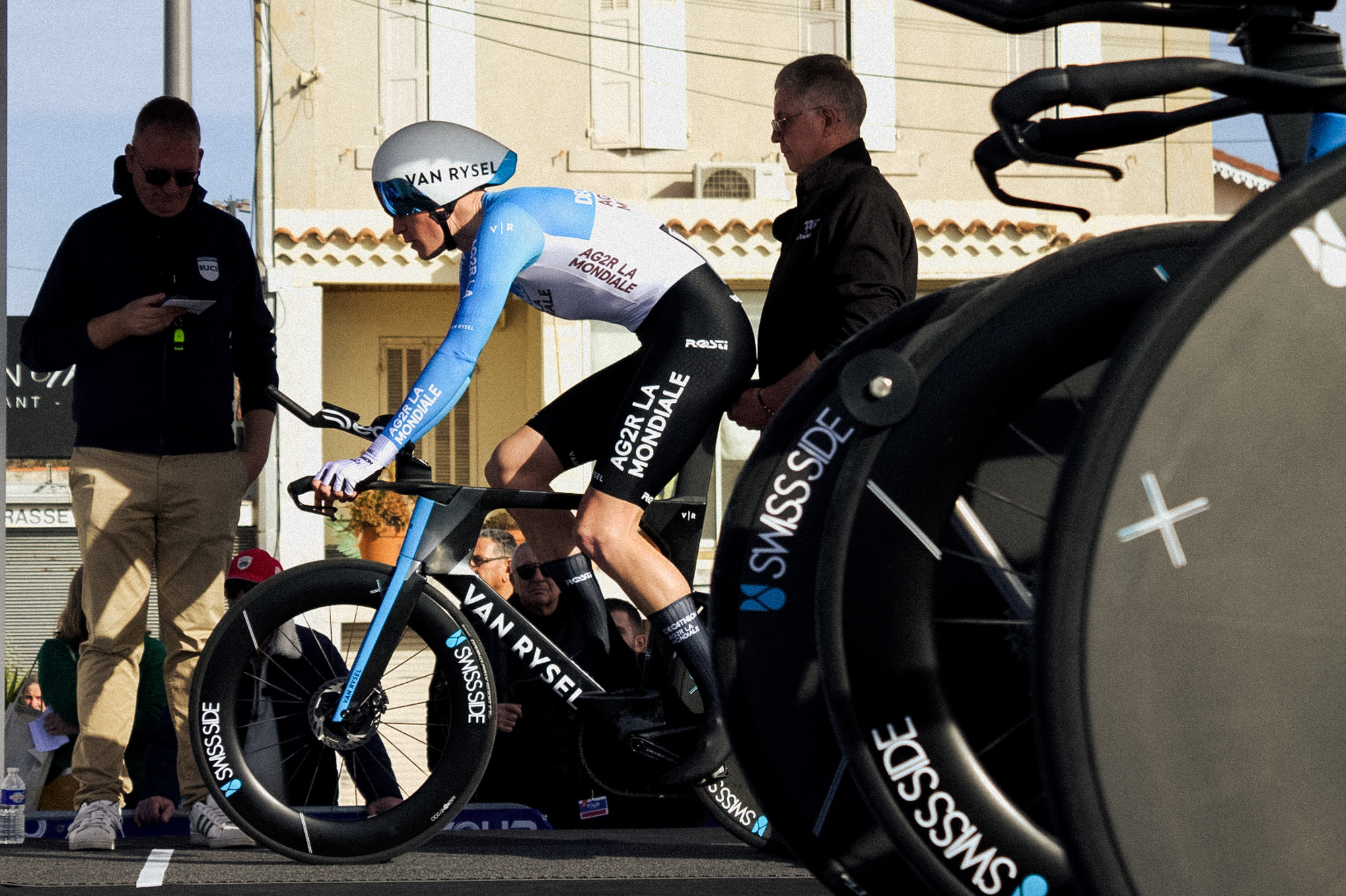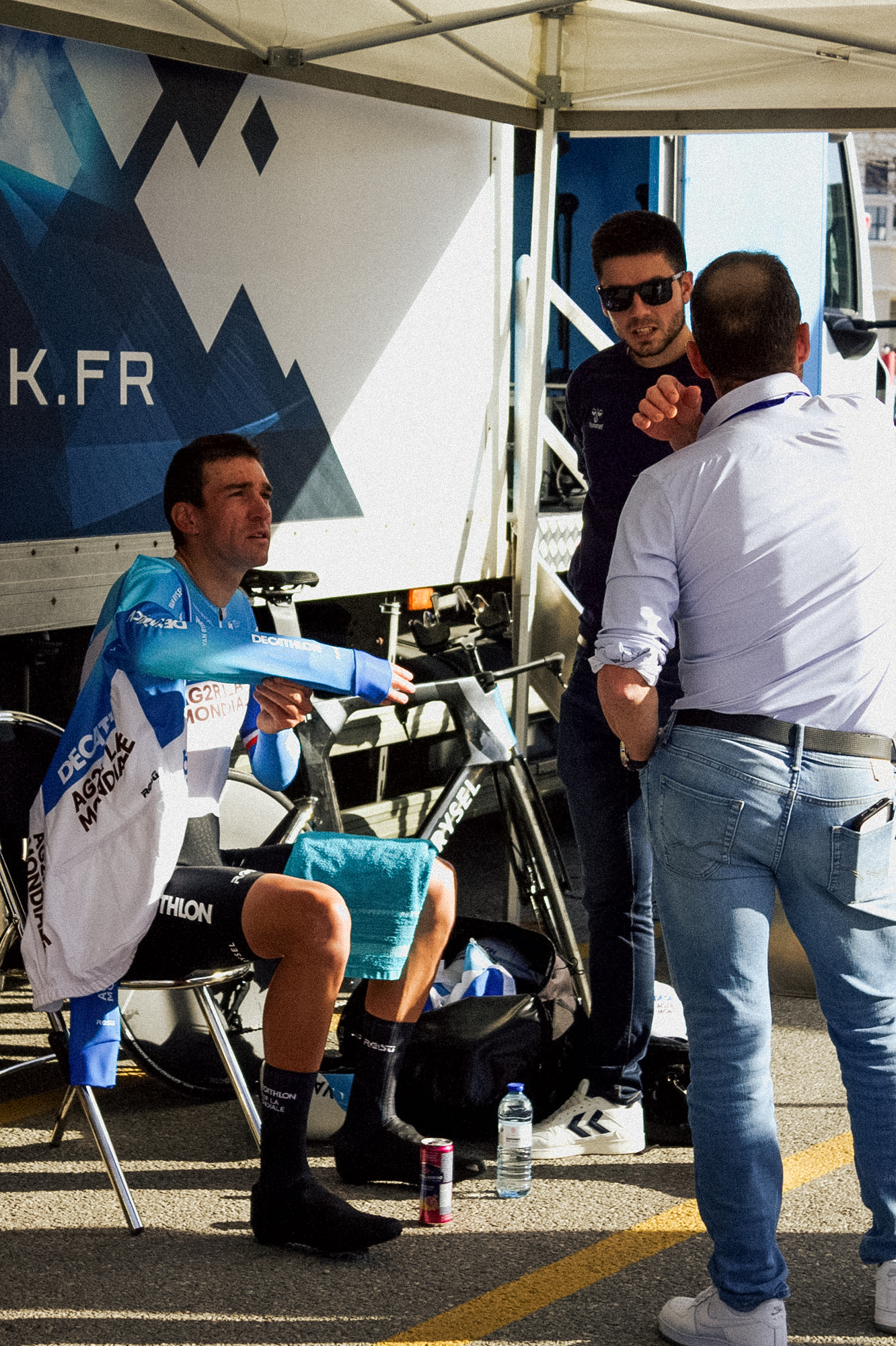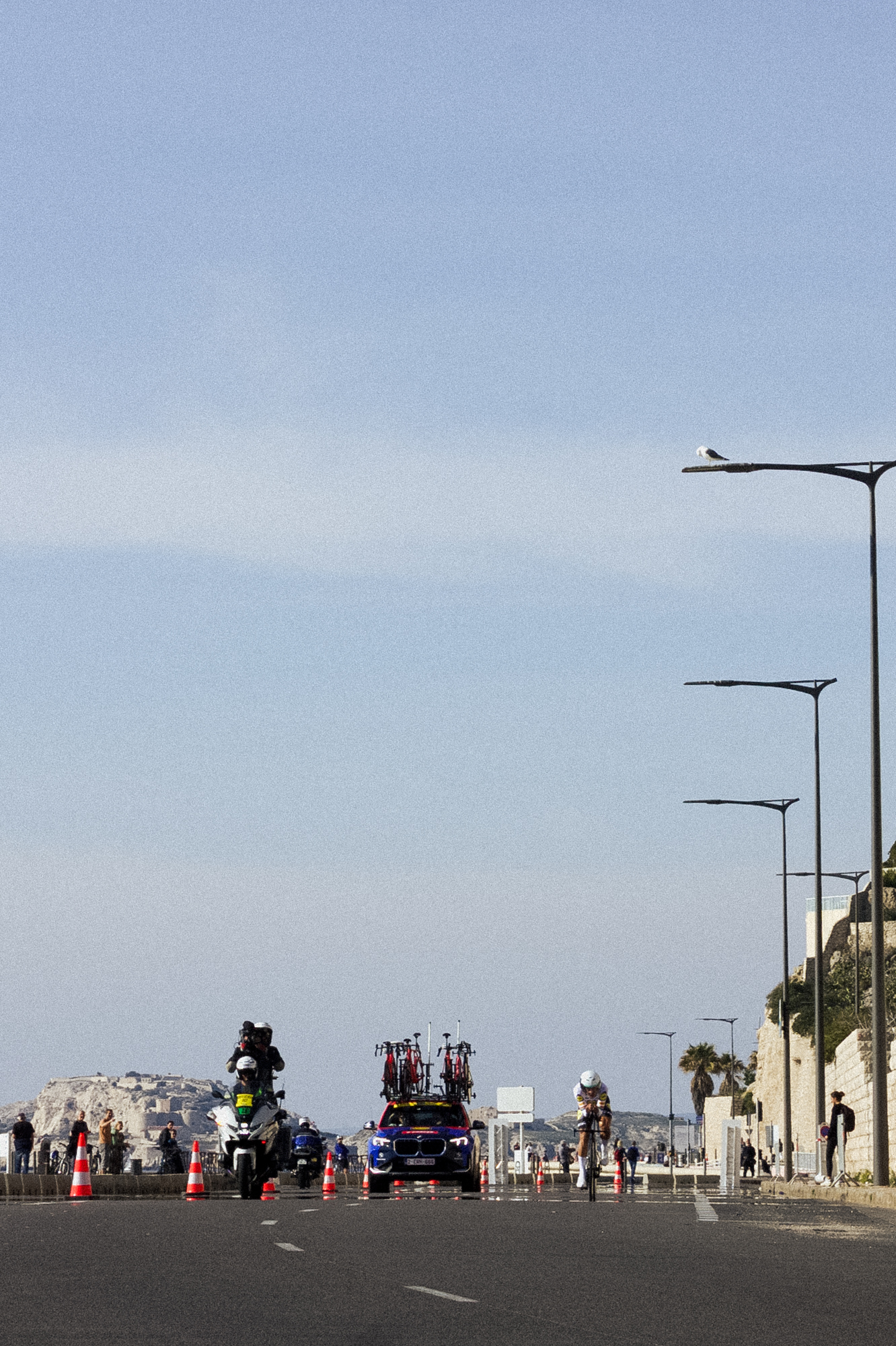Around the beginning of February, many riders from the professional peloton officially start their competitive season. That might not be the case for cyclocross riders, as they are just finishing their fall-winter season, with the culminating point with the Worlds in Tábor two weeks ago. However, road-focused cyclists take the opportunity to improve their form after the winter preparation by taking part in small one-day or short multiple-stage races, which puts them back in the racing mindset.
In search of the southern sun
It might be winter, but we can still find places in Southern Europe where the climate is gentle enough to ride in short bibs and jerseys. A clear example is the south of Spain, with many teams focusing their training camps in the Calpe region, where cyclists can find varied roads and respectful car drivers, and teams can accommodate all their material in one of the many hotels that are empty during this part of the year. One thing is sure, good weather and ever-changing terrain with long and sustained climbs are expected there.
Despite that, a little bit further north around the Mediterranean Sea, we can also find good areas to prepare for the season, like the Côte d’Azur in France, with many pro-cyclists already living in the Nice-Monaco area. Very close to the coast, and seeing the potential of the inland region in Provence, in 2016 took place the inaugural Tour de la Provence, which was won by Thomas Voeckler, who recently became the spokesperson of the four-stage race.
This year, between the 8-11th February, the 8th edition of the race took place, establishing itself in the UCI calendar. We were around and, attracted by the start list and the initial time trial went to see how it all unfolded.
Aside from the excellent emplacement and parcours, the race is well-fitted within the calendar, with one-day races like the Grand Prix de La Marseillaise (28th January) or multiple-stage ones like the Étoile de Bessèges (31st January – 4th February) taking place close by on similar dates. One may get all those races mixed up, but each of them has its own identity.
Tour de la Provence
An individual prologue time trial in the coastal city of Marseille would mark the starting point of the race. With UCI WorldTeams among other minor ProTeams and Continental ones, all eyes were fixed on the former world champion Mads Pedersen. He had just won the Étoile de Bessèges the week before and he surely was in great shape. Nonetheless, warming up in the teams’ area, we saw other big names like Sam Bennett or Bruno Armirail.
The Danish rider tends to follow an alternative approach to the classics season, as he prefers to race early in the season and then skip the Flemish Openingsweekend to add an extra training camp before the proper cobbled classics take place. That puts him in an odd situation as the man to beat in races where three-quarters of the participants are French.
The first race was fast, and the parcours saw the starters ride a handful of kilometers along the Corniche road, which would result in incredible images of the riders with the shining sun and the Mediterranean Sea at the back. With no surprises, the Danish rider from Lidl-Trek set the fastest time and then he just waited for the other contendants to finish their ‘hot lap’. A prologue stage is intended to give a first initial classification but nothing decisive. Nonetheless, Pedersen took the victory and the leader jersey, which he would surely try to keep at all costs.
The second stage would feature the opposite weather. Clouds, wind, and heavy rain were announced for the whole day from Aix en Provence to Martigues. With only a second and a third category climb, the stage would finish in a massive sprint dominated by Lidl-Trek and won by Pedersen. The weather was favorable to him and he surely proved it. He won the World Championships in 2019 under inclement weather so he was expected to behave like a fish in water. The third stage from Forcalquier to Manosque was harder, and the rainy weather forced everyone to put on an extra layer. After the last first-category climb, they descended into the city and the final was a short hill that was again dominated by the Danish rider, after closing the gap to the solo leader and managing to keep everyone behind him with a powerful sprint.
As one would expect of Southern France, the weather was sunny but windy for the last stage. Despite being a flat stage departing from Rognac and arriving at Arles with a massive sprint, this time the victory was for the Belgian Tom Van Asbroeck from Israel-Premier Tech. However, Pedersen had no problems keeping his lead in the general classification, followed by Axel Zingle (Cofidis) and Raúl García Pierna (Arkéa-B&B Hotels).
What is next on the calendar?
As the year advances, the weather will only keep improving in Europe and professional teams will gradually move north to the classics territory. Officially, the Spring Classics calendar will start with the Omloop Het Nieuwsblad in Belgium on February 24th, with Kuurne-Brussel-Kuurne the following day. That weekend will precede many other one-day races around Europe like Strade Bianche (4th March) or Milan-Sanremo (16th March) in Italy.
At the same time, races like the Tour de la Provence serve as ‘warm-up’ races for larger ones like Paris-Nice (5 – 12th March), which alongside Tirreno Adriatico (4 – 10th March) are clearly the races to test the WorldTeam riders before the Grand Tours. In particular, the French multiple-stage races Paris-Nice and the Critérium du Dauphiné (2 -9 th June) are especially interesting because they happen on similar roads to the Tour de France (29th June – 21st July), which will finish in Nice for the first time with a time trial. However, we will surely see the pro riders passing through Paris as this year’s Olympic Games will take place in the French capital on the 3rd of August.
Wrapping up, it only makes sense that the intense cyclocross season comes to an end, as it is becoming impossible to cope with so much racing going on. With the longer and warmer days, the Spring Classics and other short multiple-stage races will lead the way to the three major Grand Tours of 2024, and we cannot wait to see how they unfold.





















